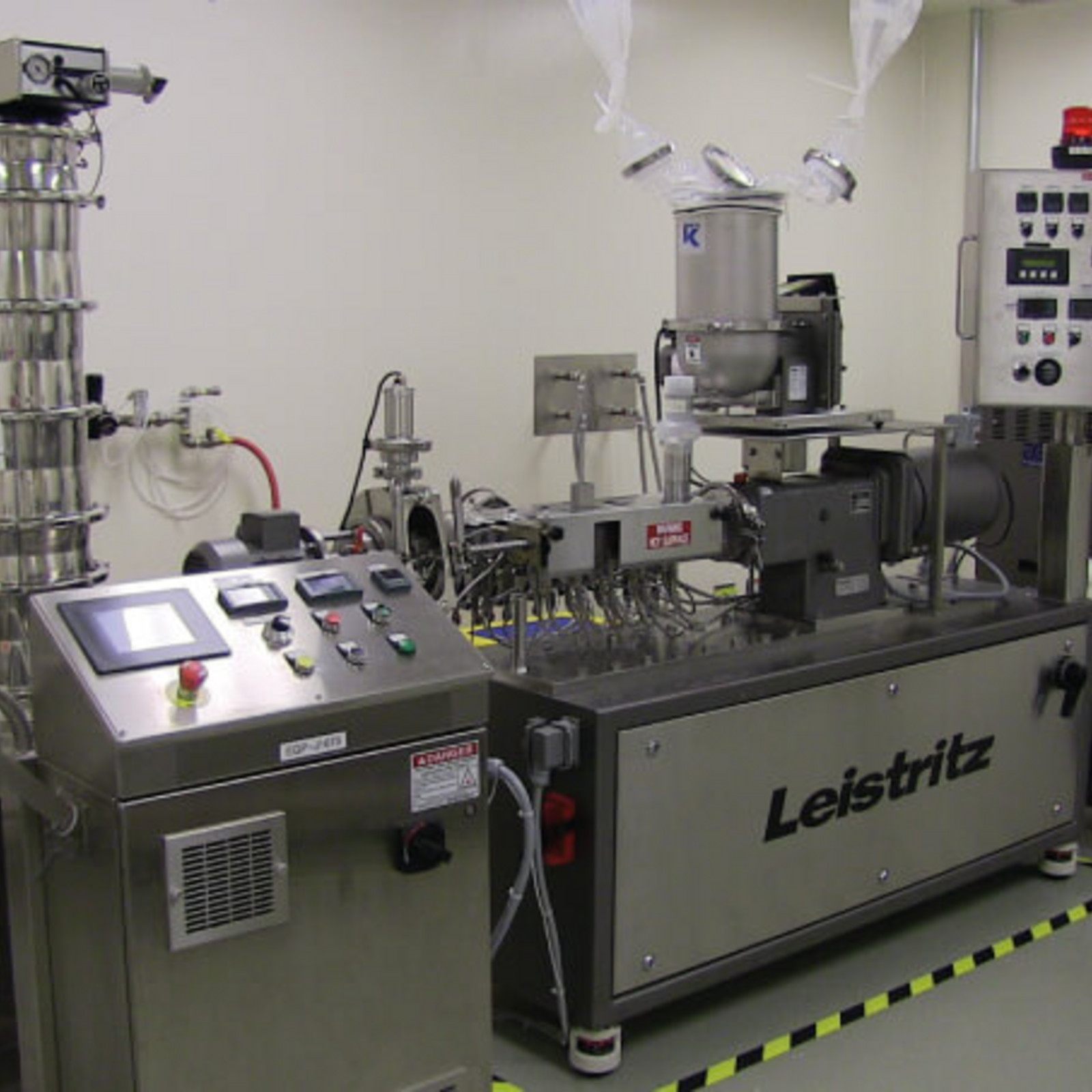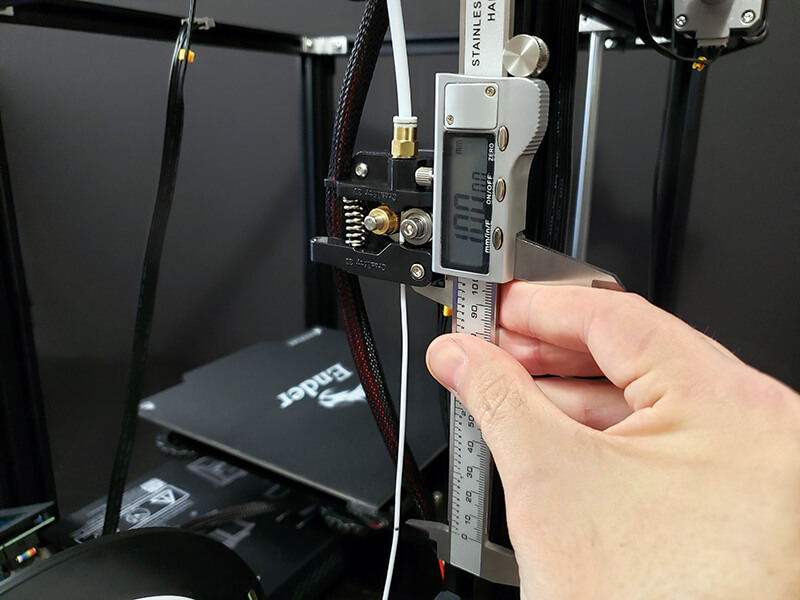Temperature in an extruder is controlled via sensors, PID controllers, heating elements, and cooling mechanisms for precision.

Basic Principles of Temperature Control
Temperature control in extrusion is pivotal to ensuring the consistency and quality of the final product. The primary consideration is understanding how heat is transferred within the extruder and the various factors that influence temperature distribution.
Heat Transfer in Extrusion
Heat transfer plays a critical role in the extrusion process. It determines how materials flow and how they form.
- Conduction: This is the transfer of heat through a solid material without any movement of the material itself. It is one of the primary modes of heat transfer in extruders, especially in the barrel. For instance, when the barrel heats up, it conducts heat to the plastic material inside.
- Convection: This involves the transfer of heat by the movement of fluids or gases.
- Radiation: It is the transfer of energy through electromagnetic waves.
Factors Influencing Temperature Distribution
Understanding these factors is crucial for achieving uniform temperature and thus uniform material properties throughout the extrusion.
- Material Properties: Different materials have varied thermal conductivity, specific heat, and melting points, affecting how heat is absorbed, conducted, and retained.
- Extruder Design: The design and geometry of the screw, barrel, and die can influence how heat is generated and distributed. A longer barrel, for instance, may allow for better heat dispersion compared to a shorter one.
- Process Speed: The speed at which the material is being processed can influence temperature. Faster speeds might generate more frictional heat.
- Ambient Conditions: External factors such as room temperature, humidity, and airflow can also play a role in how heat is retained or dissipated in the extrusion process.
Components of the Temperature Control System
The temperature control system is a cornerstone of any extrusion process, ensuring that materials are processed at their optimal conditions. An effective system consists of sensors, heating elements, and cooling mechanisms, all working in tandem to maintain the desired temperature range.
Temperature Sensors: Types and Placement
Temperature sensors are the “eyes” of the control system. They continuously monitor the temperature at different points in the extruder to provide real-time data.
- Thermocouples: These are the most commonly used sensors in extrusion processes. They work on the principle of generating a voltage when two different metals touch and are exposed to heat. The voltage produced corresponds to the temperature.
- Resistance Temperature Detectors (RTDs): RTDs measure temperature by correlating the resistance of the RTD element with temperature. They tend to be more accurate than thermocouples but are also more expensive.
- Placement Considerations: It’s crucial to place sensors at critical points – near the feed throat, at various barrel zones, and close to the die. Proper placement ensures accurate readings and effective temperature adjustments.

Heating Elements: Varieties and Applications
Heating elements ensure the material reaches the necessary temperature for efficient processing.
- Band Heaters: These wrap around the barrel of the extruder and provide uniform heat. They are designed for efficient heat transfer to the barrel and, subsequently, the material inside.
- Cartridge Heaters: Due to their design, they provide localized heating.
- Infrared Heaters: Utilizing infrared radiation, these heaters provide a direct source of heat to the material without the need for contact.
Cooling Systems: Methods and Importance
While heating is crucial, cooling is equally essential to solidify the extrudate and maintain the shape of the final product.
- Air Cooling: Fans or blowers direct ambient or cooled air onto the extrudate. It’s a straightforward method but may not offer rapid cooling.
- Water Cooling: Channels run around the barrel, or cooling jackets can be used to circulate water, drawing away excess heat. This method provides more efficient cooling than air but requires a water source and proper drainage.
- Importance of Cooling: Proper cooling prevents material degradation, ensures consistent product dimensions, and improves the overall quality of the extrudate.
Regulation Techniques
The art of extrusion relies heavily on precise temperature regulation. To ensure the material’s quality, advanced techniques have been developed to maintain the ideal temperature. This section delves into some of the most prevalent strategies used to regulate temperature in the extrusion process.

PID Control Loop and Its Role in Extrusion
The PID (Proportional, Integral, Derivative) control loop is a cornerstone in many industrial processes, with extrusion being no exception.
- Proportional Control: This relates to the present error. If the temperature is far from the set point, the proportional control acts to bring it closer. However, on its own, it might never precisely reach the desired temperature.
- Integral Control: Addresses the accumulated past errors. If the temperature has been too low for an extended period, the integral control works to rectify this by increasing the heat input.
- Derivative Control: Foresees future errors based on the rate of change. If the temperature is rising rapidly, derivative control can act to slow or stop this rise.
- Role in Extrusion: The PID control loop continuously adjusts the heating and cooling inputs to maintain the temperature close to the set point.
Feedback Mechanisms for Precise Temperature Adjustments
Feedback mechanisms are crucial to ensure that the system responds correctly to any deviations from the desired temperature.
- Closed-Loop System: This system constantly takes readings from the temperature sensors and adjusts the heating or cooling inputs accordingly. It’s a continuous cycle of feedback and adjustment to stay near the set point.
- Open-Loop System: Contrary to the closed-loop, the open-loop system doesn’t use feedback for adjustments. Instead, it relies on predetermined settings, which might not be as precise in dynamic conditions.
- Importance in Extrusion: Feedback mechanisms, especially the closed-loop systems, ensure that even minor deviations are promptly corrected, leading to a more consistent product.
Advanced Temperature Control Strategies
- Model-Based Control: By using mathematical models of the extrusion process, this strategy can predict temperature changes and make proactive adjustments.
- Adaptive Control: As the name suggests, this technique adapts to changes in the process or material.
- Multi-Zone Control: Modern extruders often have multiple zones, each with its own temperature requirements.
By harnessing these techniques, extruders can achieve an unparalleled level of precision, ensuring the highest product quality.
Effects of Improper Temperature Control
Ensuring correct temperature control in extrusion is not merely a matter of technical accuracy; it is vital for the overall success of the extrusion process. Improper temperature control can lead to a host of problems, impacting everything from material properties to energy costs and overall product quality.
Material Degradation and Defects
Inaccurate temperature regulation can wreak havoc on the materials being processed.
- Thermal Degradation: Materials, especially thermoplastics, have a specific temperature range where they maintain their optimal properties. Exceeding this range can cause the material to degrade, resulting in a loss of its intrinsic properties.
- Physical Defects: Insufficient or uneven heating can lead to incomplete melting or uneven flow, producing defects like voids, blisters, or weak spots in the final product.
- Discoloration: Overheating can also lead to discoloration of the material, resulting in an undesirable appearance and potentially weakening the product’s structural integrity.
Energy Efficiency Concerns
Wasteful energy consumption is a common consequence of subpar temperature management.
- Overheating: Constantly running the heating elements at higher temperatures than necessary can lead to substantial energy waste.
- Overcooling: Similarly, excessive use of cooling systems, when not needed, can also be a drain on resources.
- Cost Implications: Inefficient energy use not only impacts the environment but also drives up the operational costs.
Impact on the Final Product Quality
The end product’s quality is, understandably, the most visible and critical impact of temperature regulation.
- Dimensional Inconsistencies: Improper temperature can lead to uneven material flow, resulting in products that don’t meet the desired dimensions or tolerances.
- Reduced Mechanical Properties: Temperature-related material degradation can reduce the product’s tensile strength, flexibility, and other mechanical properties, making it less durable or fit for its intended use.
- Aesthetic Issues: Beyond just structural problems, visual defects like warping, surface roughness, or discoloration can render a product unsellable or lead to customer dissatisfaction.
Best Practices for Maintaining Optimal Temperature
Maintaining the correct temperature in the extrusion process is paramount to ensuring consistent quality, efficiency, and longevity of the machinery. This commitment to perfection requires a combination of regular maintenance, practical application of heating and cooling techniques, and a deep understanding of the materials at hand.
Regular Maintenance and Sensor Calibration
A well-maintained extruder is a high-performing one.
- Sensor Health: Always ensure that temperature sensors, like thermocouples and RTDs, are in good condition. Damaged or old sensors can give false readings, leading to improper temperature regulation.
- Calibration Checks: Periodically calibrate the sensors to ensure they provide accurate readings.
- Inspection of Heating Elements: Check heating elements for any signs of wear or damage. They should heat uniformly and efficiently.

Tips for Efficient Heating and Cooling
Efficient temperature regulation is both an art and a science.
- Avoid Overheating: It’s often better to slowly ramp up the temperature than to overshoot and then try to cool down. Quick temperature fluctuations can harm materials and equipment.
- Optimize Cooling Rates: While rapid cooling can be beneficial in some cases, it’s essential to understand the material’s properties. Some materials might become brittle if cooled too quickly.
- Use Multi-Zone Control: If your extruder has multiple zones, make sure to set the temperature for each zone according to its needs, rather than a one-size-fits-all approach.
Material Considerations and Pre-Heating
Different materials require different temperature strategies.
- Study the Material: Understand the specific temperature requirements of the material you’re working with. This includes melting point, optimal processing temperature, and any risks associated with overheating.
- Pre-Heating: Some materials benefit from being pre-heated before entering the extruder. This can reduce the load on the extruder’s heating elements and lead to a more uniform temperature throughout the material.
- Storage Conditions: Ensure that materials are stored in conditions that won’t compromise their quality. For instance, some thermoplastics can absorb moisture, which can impact how they behave during the extrusion process.




